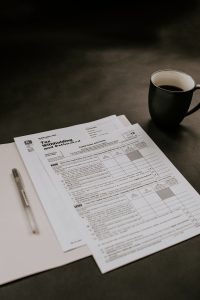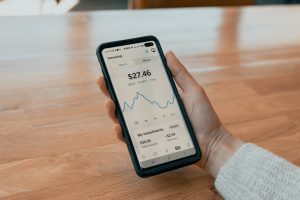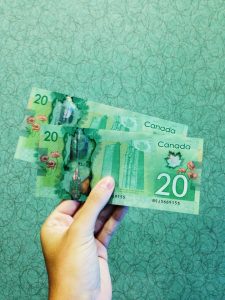Forex trading, which involves buying and selling currencies, is a popular investment activity for both individual traders and financial institutions. However, like any investment activity, forex trading comes with its own set of costs, including trading fees. Trading fees refer to the costs associated with executing trades in the forex market.
The most common types of trading fees in forex include spreads, commissions, and rollover fees. Each of these fees impacts the profitability of a forex trade and should be understood by traders before executing trades.
Spreads
Spreads are the most common type of trading fee in forex trading. A spread is the difference between the bid price (the price at which a trader can sell a currency pair) and the ask price (the price at which a trader can buy a currency pair). The spread is typically expressed in pips, which refers to the smallest price increment in a currency pair. For example, if the EUR/USD currency pair has a bid price of 1.2000 and an ask price of 1.2005, the spread is 5 pips.
Spreads can be either fixed or variable. A fixed spread remains constant regardless of market conditions, while a variable spread fluctuates in response to market volatility. Variable spreads tend to widen during periods of high volatility, which can increase trading costs for traders.
Commissions
Commissions are another type of trading fee in forex trading. Commissions are fees charged by brokers for executing trades on behalf of traders. Unlike spreads, which are built into the price of a currency pair, commissions are a separate fee charged by the broker. Commissions are typically charged as a percentage of the trade value or as a fixed fee per trade.
Traders should be aware that some brokers advertise themselves as commission-free, but may compensate for this by widening spreads or charging higher rollover fees.
Rollover Fees
Rollover fees, also known as swap fees, are fees charged by brokers for holding trades overnight. Forex trading is conducted on a 24-hour basis, and trades that are held overnight are subject to rollover fees. Rollover fees are based on the interest rate differential between the two currencies in the currency pair being traded.
For example, if a trader is long the EUR/USD currency pair, they are essentially borrowing euros to buy dollars. The interest rate on the euro will be subtracted from the interest rate on the dollar to determine the rollover fee. If the interest rate on the euro is higher than the interest rate on the dollar, the trader will pay a rollover fee. If the interest rate on the dollar is higher than the interest rate on the euro, the trader will receive a rollover credit.
Rollover fees can significantly impact the profitability of a forex trade, particularly for traders who hold positions for extended periods of time.
In addition to these three main types of trading fees, traders may also be subject to other fees, such as account maintenance fees, withdrawal fees, and inactivity fees. Traders should carefully review the fee schedule of their broker to understand all of the costs associated with forex trading.
Overall, trading fees are an important consideration for forex traders. Spreads, commissions, and rollover fees can all impact the profitability of a trade, and traders should carefully consider these costs before executing trades. By understanding the different types of trading fees and how they are calculated, traders can make more informed investment decisions in the forex market.





